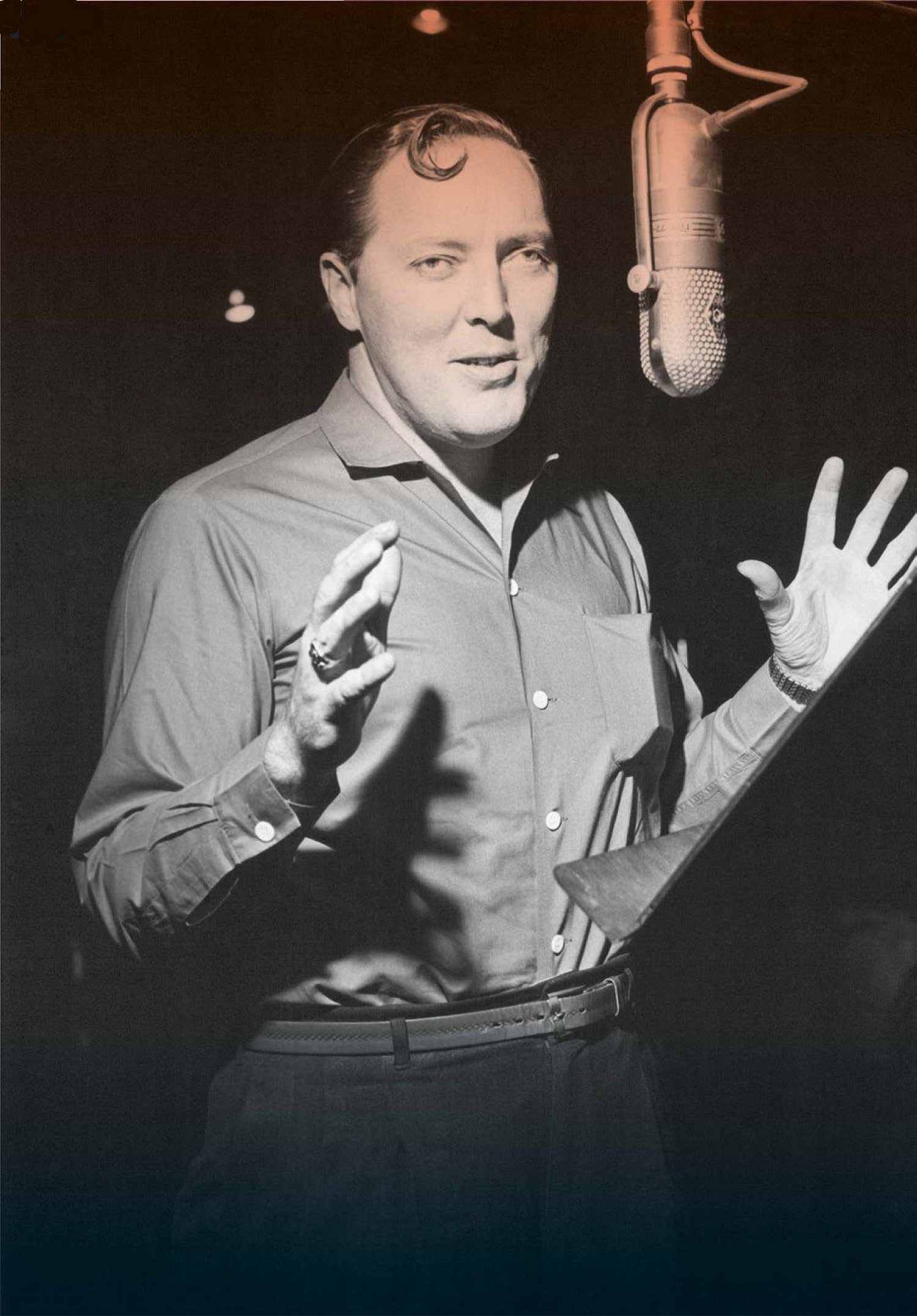WORDS BY JACK WATKINS

The owner of the most famous kiss-curl in music, Mr William John Clifton Haley
Silver Screen Collection/Getty
In April 1954, Bill Haley And His Comets entered the Pythian Temple, New York, to record a couple of songs for their new record label Decca.The first was a sauntering, atmospheric jazz-blues hybrid Thirteen Women (And Only One Man In Town), the other a brisk and noisy, crisply executed boogie (We’re Gonna) Rock Around The Clock. The result, it’s been decreed by historians, was history, the latter number providing the big bang moment marking the ultimate fusion of stepped-up country music and African-American rhythms that created commercial rock’n’roll.

It was never quite that simple. For a start, Rock Around the Clockwasn’t an outstanding success to begin with. Producer Milt Gabler, at heart a jazz sophisticate, had always favoured the more adult Thirteen Womenas the superior song, and when the disc went out that went on the topside, with Rock Around The Clock, described as a foxtrot in some befuddled quarters, on the flip. While the record did well enough, selling 75,000 copies first time round, it was actually a version of Big Joe Turner’s Shake, Rattle And Roll, recorded by the band at a second Decca session a couple of months later, that gave Haley his first million seller, reaching No.7 on the American pop chart in August 1954. It wasn’t until Rock Around The Clockwas used as the theme tune to the teen rebellion flick Blackboard Junglethe following year that the song really took off, hitting the top spot in the US in May 1955. Its fortunes in the UK mirrored those across the pond, stalling at No.17 after first entering the hit parade in January 1955, before re-entering and rising to No.1 in October 1955. By this time Blackboard Jungleand Haley’s name had become synonymous with an outbreak of frenzied cinema seat slashing by British youth across the land. Rock’n’roll had finally arrived.